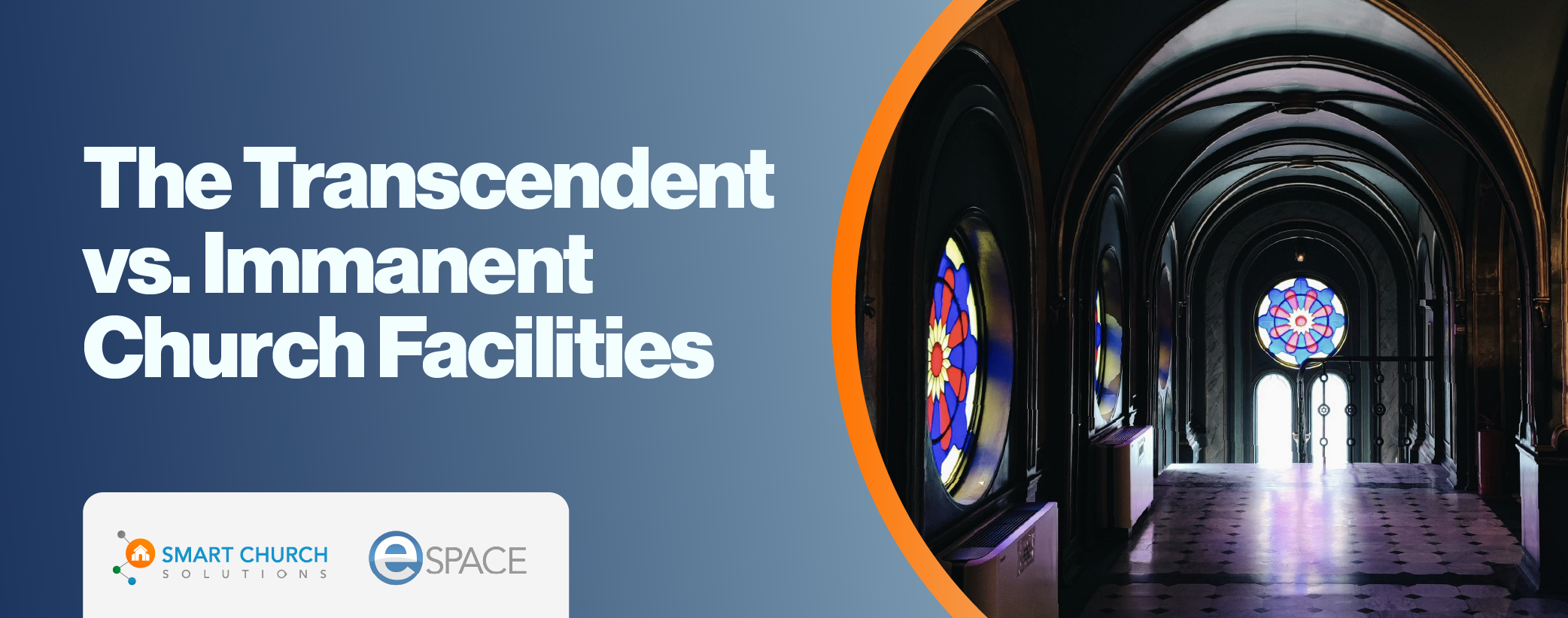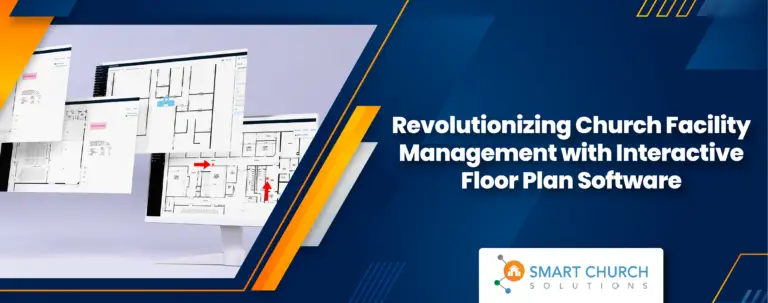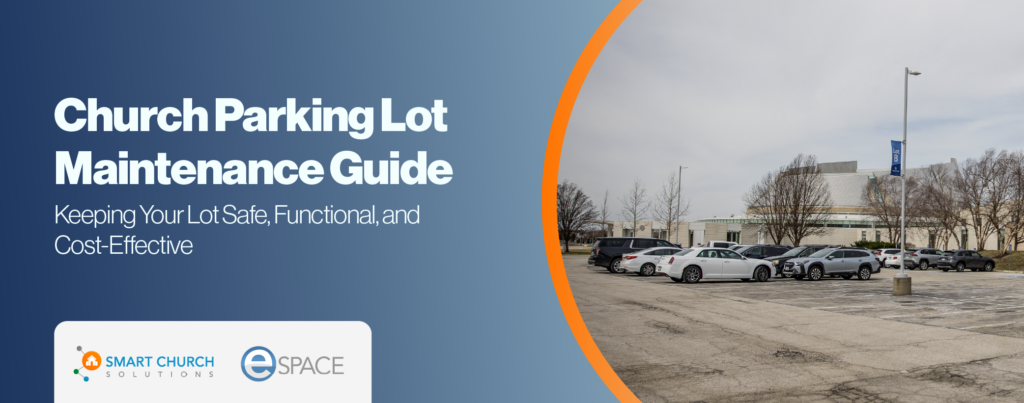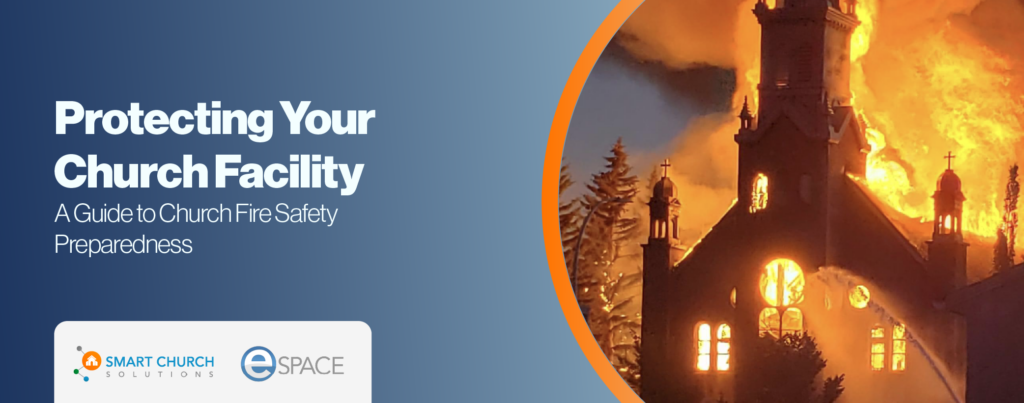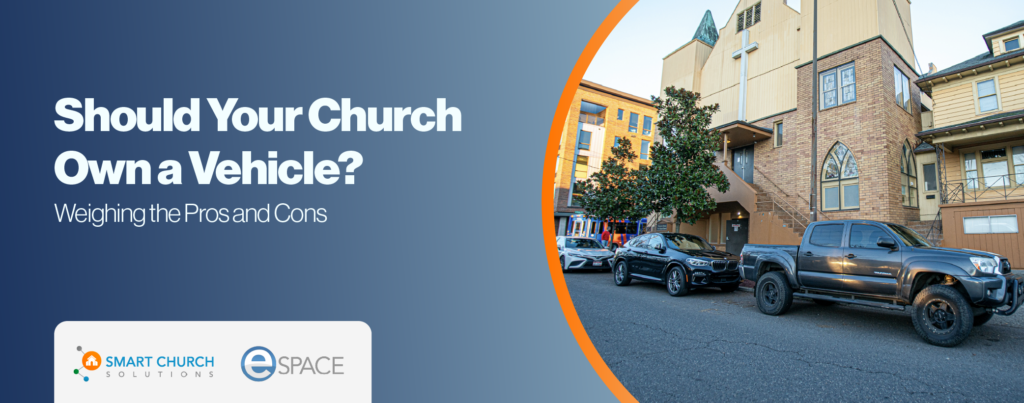How Church Design Shapes Costs, Worship, and Congregations
Church buildings have always been more than mere structures; they carry deep theological and spiritual significance. In this context, transcendent and immanent can help define two distinct approaches to church architecture. Each approach influences how sacred space is experienced, the worship style, the congregation’s demographics, and even the financial investment required.
So, What Do These Terms Mean?
- Transcendent (Merriam Webster): exceeding usual limits, extending or lying beyond the limits of ordinary experience
- Immanent (Merriam Webster): being within the limits of possible experience or knowledge
For most of my life, I have attended churches whose facilities were either explicitly immanent or at least not transcendent in the full sense of the word. To be clear, many churches I have been involved with had transcendence elements, such as stained glass windows, wood arches, vaulted ceilings, steeples, and even pipe organs. Yet, I find great reverence in a “full-on” transcendent architectural styling.
The purpose of this blog is not to take sides or argue that one is better than the other. This topic is far too personal to confine any methodology to a single topic. Instead, let’s explore these comparisons as they relate to church facilities.
Understanding Transcendent and Immanent Church Designs
Transcendent Design refers to church architecture that elevates the worshiper beyond the material world, pointing to the divine. These spaces are often grand, filled with symbolic elements, vertical lines, high ceilings, and rich materials that inspire awe and reverence. Think of traditional cathedrals or basilicas that draw the eye upwards, reminding worshippers of God’s greatness and mystery.
On the other hand, Immanent Design focuses on God’s nearness to His people. These church buildings are often simpler, more functional, and intimate, creating community and closeness. Contemporary church buildings with multi-purpose rooms, flexible seating, and minimalistic design are good examples of this approach. The emphasis is on accessibility and practical use rather than overwhelming grandeur.
Initial Construction Costs of Each
The decision between a transcendent and immanent design significantly impacts initial building costs.
Cost of Transcendent Spaces
Transcendent spaces often come with a higher price tag. The intricate craftsmanship, stained glass windows, stonework, and larger structures drive costs. These buildings are usually seen as long-term investments, meant to stand for centuries and reflect the glory of God through their architecture. However, maintaining these sacred spaces is often as significant as the initial building expenses.
Given the significant maintenance cost of these facilities, which generally require a rare breed of highly skilled artisans, they are the leading cause of deferred maintenance. Many of these grand edifices house dwindling congregations with limited resources to keep up with the much-needed maintenance.
Cost of Immanent Spaces
Immanent spaces are generally more cost-effective. Their designs are often more straightforward, and construction costs are lower because they frequently use contemporary building materials and methods. These buildings are designed with flexibility in mind, so they can accommodate various activities beyond just worship, which can also reduce the overall space needed. Maintenance and upkeep are also less expensive, making these facilities more financially manageable.
Sacred Space and Worship Style
The nature of the sacred space often shapes the style of worship that takes place within it.
Worship Styles of Transcendent Spaces
Transcendent spaces invite a more formal and traditional style of worship. The grandeur of the building and the symbolism embedded within the architecture often inspire liturgical worship, which emphasizes reverence, ritual, and the mystery of the divine. The experience can feel sacred and set apart from the ordinary, encouraging a deep sense of awe and reflection.
Another challenge in “shaping” a transcendent worship space is incorporating audio, visual, and specialty lighting, which is often utilized in 21st-century worship environments. In many cases, the hard surfaces, high ceilings, and other architectural components complicated the design, not to mention the potential impact on the space’s aesthetics.
Worship Styles of Immanent Spaces
Immanent spaces foster more informal, community-oriented worship. These spaces are flexible and adaptable, often designed to accommodate contemporary worship styles (or a more evangelical “traditional” style) that prioritize engagement, interaction, and a less formal atmosphere. The architecture itself suggests that worship is an everyday experience, accessible to everyone, and not confined to rituals or formalities.
Congregational Demographics
The design of a church facility can also have a notable impact on the congregation’s demographics.
Congregational Demographics of Transcendent Churches
Transcendent churches often attract congregations that value tradition, history, and formal worship. These buildings may appeal to older generations or those with a strong appreciation for the historical symbols and rituals of the faith. The architecture can create a sense of stability and continuity, drawing in people who find comfort in these attributes.
Congregational Demographics of Immanent Churches
Immanent churches tend to attract younger, family-oriented, more diverse congregations. Their multipurpose, functional spaces align well with a demographic that values community, practicality, and a more approachable faith experience. These churches often serve as hubs for various activities beyond worship, such as outreach programs, classes, and social events, making them attractive to families and individuals looking for a strong sense of connection and community.
Congregational Growth: Which Model Fosters Expansion?
One of the most significant questions for any church considering facility design is: How will this space affect our ability to grow as a congregation?
Transcendent Facilities and Expansion
Transcendent facilities are often designed with a focus on permanence and tradition. The beauty, grandeur, and symbolism embedded in these spaces draw individuals seeking a deep reverence and stability in their spiritual lives. However, these buildings are typically not designed with growth in mind. The structure may be limited in flexibility due to its sacred architectural features, making it difficult to accommodate more people or add on space without significant renovations. As a result, congregations meeting in transcendent spaces may face challenges when trying to expand or attract a wider demographic.
Because transcendent church buildings often emphasize the formal, structured aspects of worship, they may unintentionally limit growth by appealing primarily to individuals and families already aligned with that style of worship. The formality and traditional atmosphere may not resonate as strongly with younger generations or newcomers unfamiliar with such rituals. Additionally, transcendent spaces can sometimes seem less accessible or adaptable to modern ministry, outreach, or community events, further limiting their capacity for growth and expansion.
Immanent Facilities and Expansion
Immanent facilities, by contrast, are often designed with flexibility and scalability in mind. These churches tend to have multi-purpose spaces easily adapted for different activities, such as small groups, youth events, outreach programs, and contemporary worship styles. This flexibility makes it easier for these churches to accommodate growth.
For example, if attendance increases, immanent churches can often expand seating, offer multiple services, or add temporary structures without significant disruption to the building’s function or sacred atmosphere. The informal and accessible nature of immanent spaces also tends to attract a broader demographic. Contemporary worship styles, combined with a focus on community and connection, appeal to a wide range of individuals, particularly younger families, single adults, and new believers. This accessibility and adaptability create an environment where people feel comfortable inviting friends and newcomers, further contributing to the growth potential of the congregation.
Overall, immanent churches are generally more conducive to expansion, both in terms of physical capacity and appeal to a broader audience. Their flexibility allows them to more readily adjust to the needs of a growing community than transcendent spaces, which may struggle with the rigidity of their design and appeal.
The Impact on Families with Small Children
The design of a church facility also profoundly impacts how families with small children experience and engage with the church community.
Transcendent Facilities and Family Impact
Transcendent facilities tend to offer a more formal atmosphere that can be challenging for families with young children. The sacred nature of the space often calls for quiet, reverence, and decorum, which can be challenging to maintain when attending church with small children. Parents may feel anxious about disturbing the solemnity of the worship service, and children may find it harder to engage with a space that feels distant or “off-limits” in terms of exploration and interaction.
Furthermore, transcendent churches may lack adequate space for child-centered ministries, such as nurseries, Sunday school classrooms, or play areas. These buildings are typically designed for worship and prayer, not for young children’s noisy, active needs. As a result, families with small children may find it harder to connect in a church setting that feels more suited to adults or traditional worshippers.
Immanent Facilities and Family Impact
On the other hand, immanent facilities are often designed with families and children in mind. These churches’ flexible, multi-use spaces can easily be adapted for children’s ministries, youth programs, and family-friendly activities. The more informal worship style typically found in immanent spaces also creates a relaxed atmosphere where families with young children feel more comfortable. Parents are less likely to feel pressured to keep their children quiet or contained, knowing that the space is designed to accommodate movement and noise.
Additionally, immanent church buildings are often equipped with practical amenities that make attending church easier for families. Design elements like dedicated children’s areas, family restrooms, nursing rooms, and accessible entrances cater to the needs of young families. These spaces communicate that children are welcome and their presence is valued in the community.
The welcoming nature of immanent spaces often makes them more attractive to families with small children. They offer an environment where kids can engage with their faith in an age-appropriate way, and parents can participate in worship without the added stress of maintaining decorum in a highly formal space.
A Balanced Approach: Designing for Growth and Family Engagement
While the differences between transcendent and immanent church facilities are clear, many churches today seek a balanced approach incorporating both elements. The goal is to create spaces that maintain a sense of sacredness and reverence while being adaptable, welcoming, and family-friendly.
- Transcendent spaces can still be designed flexibly, including areas specifically designated for children’s ministries or multi-use community spaces. Combining traditional architecture with modern amenities allows these churches to retain their sense of the divine while allowing for growth and inclusivity.
- Immanent spaces can incorporate design elements that remind worshippers of the sacredness of the space without sacrificing flexibility. Simple touches like art, lighting, or acoustics can create moments of transcendence within an otherwise practical building. This balance can create an environment where people of all ages, including families with young children, can experience God’s closeness and grandeur.
Conclusion: Choosing What’s Right for Your Church
Ultimately, whether a church opts for a transcendent or immanent design—or a blend of the two—depends on the congregation’s mission, vision, and values. Each architectural style has strengths and challenges, particularly regarding growth potential and family engagement.
- Transcendent churches offer a powerful sense of history and tradition but may need to accommodate growth and intentionally create welcoming spaces for families.
- Immanent churches are often better equipped for growth and family engagement. Their flexible spaces allow for a broader range of activities and worship styles. However, they must ensure that their spaces remain connected to the sacred, fostering a sense of awe and reverence even in everyday life.
As churches consider their facility designs, the congregation’s needs today and in the future should drive the process. Whether building from the ground up or renovating an existing space, keeping these factors in mind will help create an environment where all members, from the youngest to the oldest, can grow in their faith and experience God’s love.


